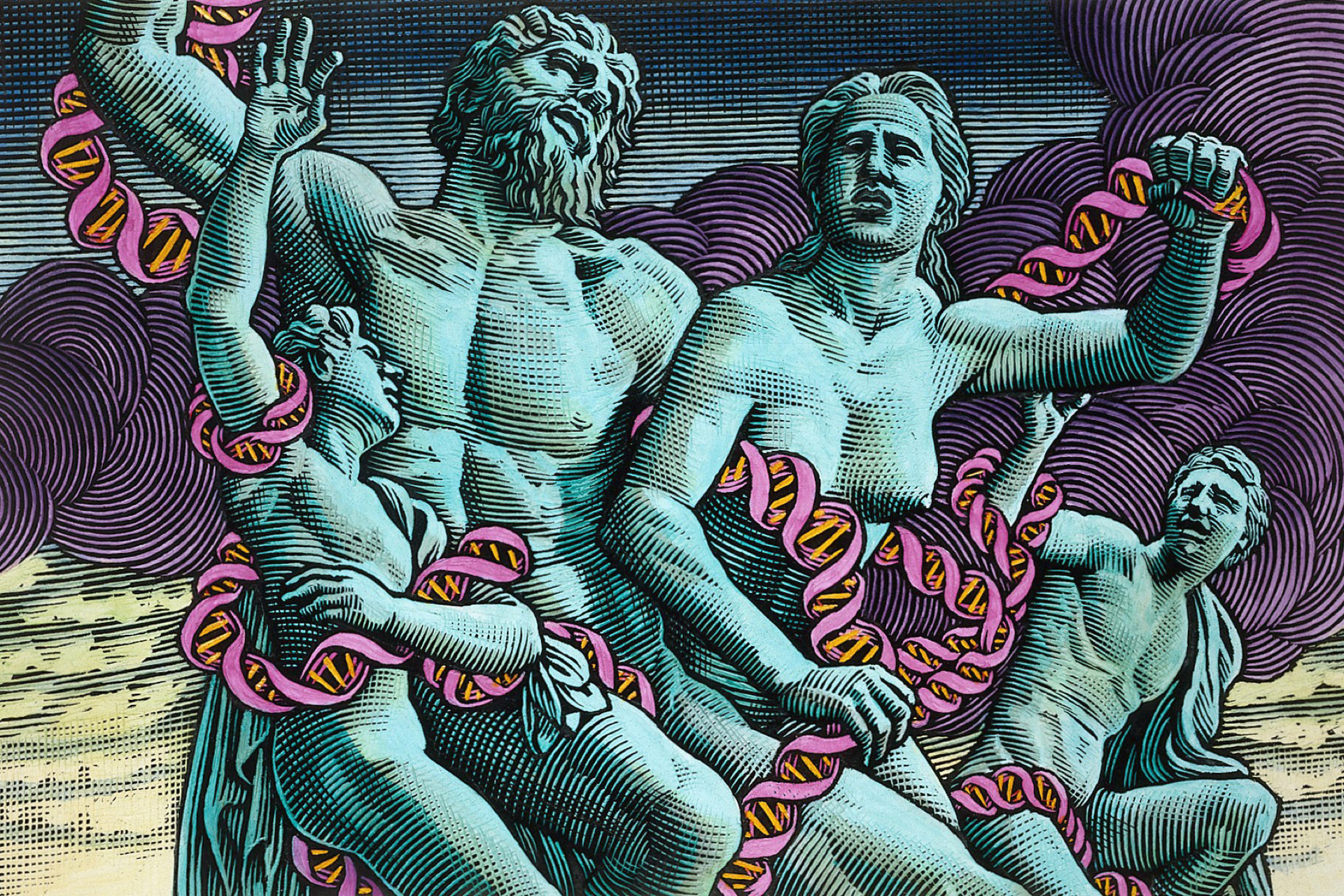The current public consultation on the Human Fertilisation and Embryology (HFE) Act, according to the government's official statement, is intended 'to ensure that the law remains effective and fit for purpose in the early 21st century'. The HFE Act has managed to maintain political authority over its 15 year tenure - but not without detractors. The Act, and its embodiment the Human Fertilisation and Embryology Authority, are operating in a policy field of increasing uncertainty and contest (usually on moral grounds). In the UK and elsewhere, governments are acknowledging the need for their regulatory frameworks to remain adaptable to the unpredictable future implications of reproductive and genetic technologies.
As a policy issue, assisted human reproduction has rarely been easy to address. Ever since humans have been able to control their own reproductive capacities, the act of having a child has become tightly bound up in discourses of rights, responsibilities, and moral positions. We're familiar with the historical impact of these discourses in controversies around forced sterilisation, abortion, and early IVF. The intersection of genetics with reproductive technologies has launched a new series of debates of unprecedented complexity about the extent to which states should interfere with individual choice around reproduction. This is especially true in nations where socialised medicine means that some clinical services are subsidised by public taxes, paid by those who may not support the moral position taken by the state.
The above description applies to the UK, but also to its past colony, Canada. In 2004, Canada established a new regulatory framework for reproductive technologies which owes a debt to the UK HFE Act. Fifteen years in the making, the Assisted Human Reproduction Act represents the cumulative efforts of a Royal Commission, a voluntary moratorium on several controversial technologies in 1995, deliberations of Health Canada advisory and ad hoc committees, parliamentary debates, and several Ministers of Health. The outcome is a policy which was touted on its birth, in a Health Canada press release, as 'the most comprehensive in the world' - outlawing commercial surrogacy agreements, the sale of eggs and sperm, and most controversially, therapeutic cloning. In this policy arena Canada is a late regulator, compared to other western nations; but its outcome is one of the most prohibitive.
The new Canadian regulatory framework for reproductive and genetic technologies presents a unique opportunity to study lesson drawing in policy development. When faced with intractable policy problems nations often draw lessons from politically proximal nations: those with whom they share a structural or ideological affinity. Canada's framework for reproductive technologies shows the influences of its two most powerful neighbours, the US and the UK. The lessons learned from these two contexts, taken together with the unique combination of domestic pressures, have contributed to a framework which in many ways departs from the more liberal approaches taken by its neighbours. In the Canadian framework there is a particular emphasis on rejecting practices which render womens' bodies and reproductive processes subject to commodification: for example, commercial surrogacy agreements and harvesting eggs for research purposes (hence the ban on therapeutic cloning). The conscious positioning of Canada in the global spectrum of this complex policy arena bears the marks of how the policy community has interpreted 'the ethics and values of Canadians', a concept developed throughout public consultations and parliamentary deliberations on how best to formulate policy in this complex area.
In January 2005, thanks to the UK's Economic and Social Research Council, I was able to begin a project to research the nature of policy learning in the genesis of the Canadian Assisted Human Reproduction Act. To this end I have been conducting interviews with key policy actors in Canada and the UK, to explore their decisional processes and their perceptions of the role of lesson drawing in policy development - with particular attention to the interaction between policy learning and domestic pressures in shaping policy choice.
This project concludes at the end of December 2005 and contributes to the recently established Global Biopolitics Research Group at the University of East Anglia, under the directorship of Brian Salter. For more information, please email me.





Leave a Reply
You must be logged in to post a comment.